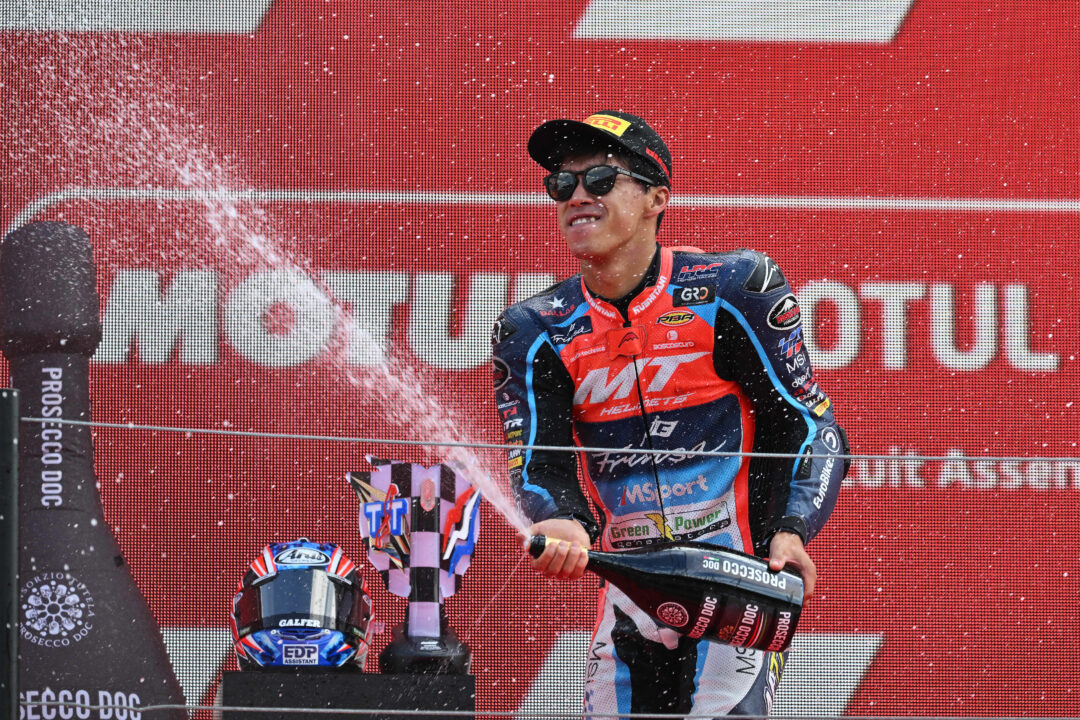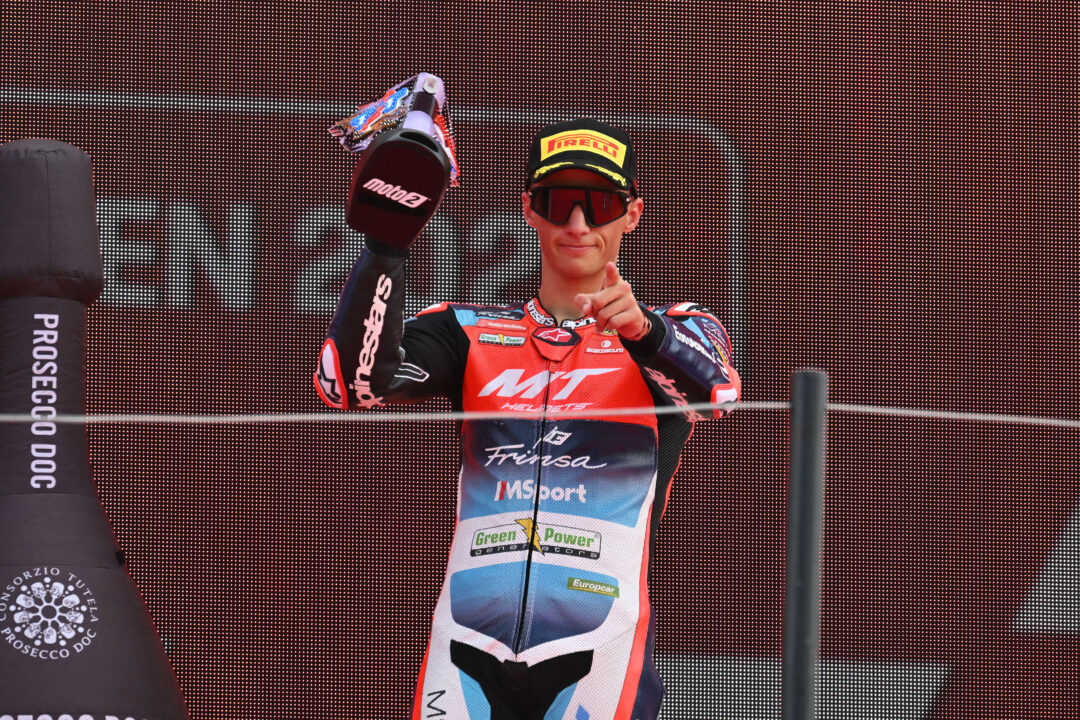How MotoGP Sparked Innovation in F1's Camera Technology
Categories: MotoGP
Published: 5th October 2023
In the relentless quest for innovation, Formula 1 has found an unexpected source of inspiration – the high-speed world of MotoGP.
Formula 1, renowned for its technological prowess, has recently embraced a groundbreaking camera technology that owes its origins to the techniques honed in MotoGP.
The gyroscope camera, a recent addition to Formula 1’s arsenal, promises viewers a stabilized and immersive experience, especially during high-speed turns and maneuvers.
This innovative camera, which made its debut on Carlos Sainz’s Ferrari in Zandvoort and later on Lewis Hamilton’s Mercedes at the Japanese Grand Prix, has its roots in MotoGP, where similar technology ensures a steady view even during riders’ dramatic lean angles in corners.
Steve Smith, the seasoned head of Formula 1’s onboard department, emphasized the sport’s commitment to delivering a unique and engaging perspective for fans: “We want to make things a bit more exciting, offer a different perspective, a different angle.”
A different angle on Formula 1
The technology, developed by Sony, stands out due to its gyroscopic stability. Unlike conventional setups, this camera remains perfectly still, providing viewers with a seamless experience.
Smith shed light on the technology’s intricacies: “The sensor is much larger than the lens, so it moves around the sensor instead of physically moving. That’s a real game-changer.”
The camera’s journey from concept to reality was marked by determination and ingenuity. Despite initial challenges during testing, the camera made a significant impact during the Japanese Grand Prix, prompting enthusiastic responses.
Full tilt at Suzuka 📐#JapaneseGP @MercedesAMGF1 pic.twitter.com/t85qwziJkj
— Formula 1 (@F1) September 22, 2023
Smith shared the excitement: “In the corners, it moved a bit, and the response was overwhelming. It was all over social media; people were genuinely captivated.”
The unexpected success in Suzuka fueled the curiosity of F1 teams, leading to further exploration of the technology’s potential.
Smith outlined the future plans: “We will develop it in various ways and at different locations… If there’s positive feedback, and we believe it’s worth pursuing, we’ll certainly continue.”
While direct collaboration between F1 and MotoGP might not have occurred, the seamless exchange of innovative ideas between these motorsport realms underscores the shared spirit of exploration and advancement.
As these technologies continue to evolve, fans can eagerly anticipate the immersive and exhilarating perspectives they will offer, blurring the lines between reality and the virtual world, making the racing experience more captivating than ever before.




